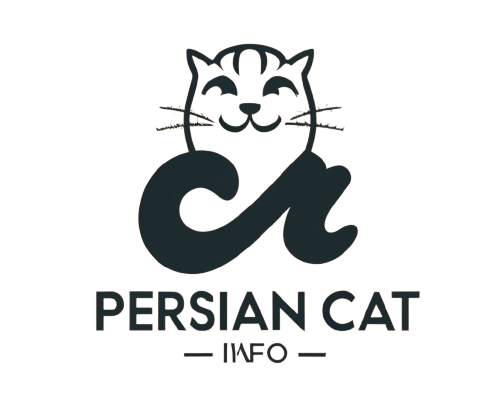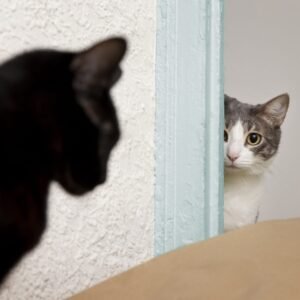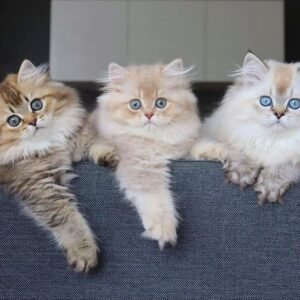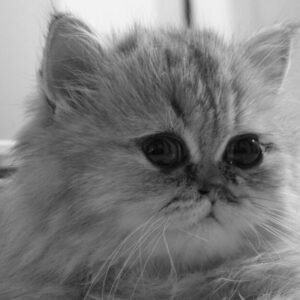As in humans, communication is the best way for a strong bond between two persons. If you are worried about how to communicate with a Persian cat. Having good communication with your cat makes a strong relationship with your cat, a friendly environment, and live without fear with you.
Persian cats are known for their gentle and affectionate nature. Persian cats are not antisocial, but research has shown that cats also show their feelings by vocalization and some movement.
Cats are introverts and hesitate to show their feelings, but dogs are extroverts and are more expressive than cats. You can train your cat to reinforce your relationship, but it is not as easy as training dogs.
How to Talk to Cats with Your Eyes?
Cats also talk through eye contact so if you want to talk with your cat through eyes just narrow your eyes smile slowly toward them and close your eyes for a few seconds. You will be amazed when you see your cat follow as you do.
If your cat is staring into your eyes, it also means that he/she trusts you.
How to Talk to Cats in Cat Language?
- Match your tone to command. Cats understand more our gestures and pitch than the actual words.
- Blink for I love you
- Make eye contact
- Match gestures with words
- Imitate Head and Nose Bumps
How to communicate with a stray cat?
Cats do not like noise or creepy people, but if you see a stray cat, and you feel safe then call him with a soft dim voice. Hold out your hand and give him any cat food, water, and shelter if possible, but don’t force them.
Be careful because stray cats are also angry sometimes and scratch your body.
How do Cats Communicate With Each Other?
Felines communicate with their peers through vocalizations, physical contact, visual cues and chemical cues. When communicating, cats exhibit subtle signaling compared to dogs due to their smaller features and quicker movements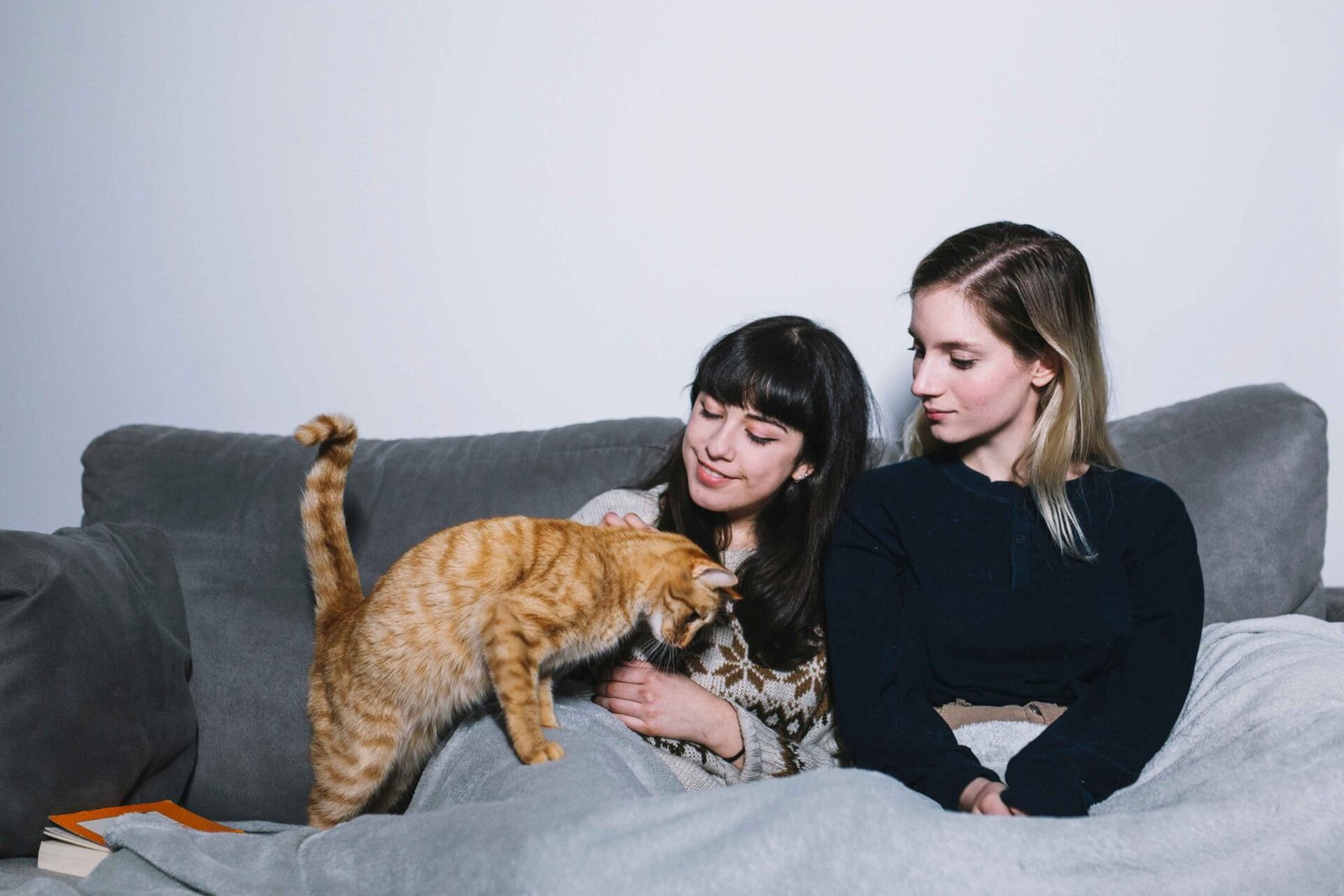
The tip of your cat’s tail may be cocked forward if she is getting close to another cat that she likes. Your cat may roll over to reveal her tummy if she is at ease with the other cat’s presence. This indicates that she is at ease enough to expose her most vulnerable body part to the other cat.
Steps of Communication
There are steps by which you can recognize what your cat wants to say to you.
Listen to your cat
If you watch what your cat is doing when he/she meows, you may be able to distinguish which meows are associated with which requests (or protests). Some common meows can include:
| Short Meow | Standard Greetings |
| Multiple Meows | Excited Greetings |
| Mid-pitch meow | Plea for something like food, or water |
| Drawn-out mrrroooow | A demand for something |
| Low- pitch MRRRoooowww | A complaint, displeasure, or fight |
| Lower than mid-pitch MEEOOOOOOwww | Begging, for something such as food. |
| High-pitch RRRROWW! | Anger, pain, or being fearful |
| Chatter (rapid teeth-chattering) | Excitement, frustration |
| Chirrup (a cross between a meow and a purr with rising inflection) | Friendly greeting sound, often used by a mother cat to call to her kittens |
| Purr | Invites close contact or attention |
| Hiss | A serious sign of aggression. If unhappy, scared, or fighting. |
Watch your cat
As cats are more proficient at using body language, certain gestures accompany vocalizations to reinforce their message. As an owner of a Persian cat, I have observed many gestures that have specific meanings.
| Tail straight up with a curl at the end: | Happy |
| Tail twitching | Excited or anxious |
| The fur on the tail sticking up | Very excited |
| Tail vibrating | Very excited and happy to see you |
| Tail fur sticks straight up while the tail curls in the shape of an N | Extreme aggression |
| Tail fur sticks straight up but the tail is held low | Aggressive or frightened |
| The tail held low and tucked under the rear | Frightened |
| Dilated pupils | Very playful or excited; it can also mean aggression or fear |
| Slowly blinking eyes | Affection, indicating the cat is comfortable with whoever might be around him or her |
| Lifting the nose and tilting the head back slightly | ”I acknowledge you.” Cats sitting in windows may greet you in this manner as you walk by |
| Rubbing against you | This means your cat is marking you as his or her own |
| Wet nose ”kiss” | An affectionate gesture when the cat taps his or her wet nose to you |
| Ears back | Fear, anxiety, or in a very playful mood; also used when sniffing something they want to know more about |
| Tongue flicks out slightly and licks lower lip | Worried, apprehensive |
| Rubbing the head, flank, and tail against a person or animal | Greeting ritual |
| Head-butting | Friendliness, affection |
| Face sniffing | Confirming identity |
| Kneading | A cat will rhythmically knead with his or her paws, alternating between the right and left feet, as a sign of happiness, contentment, or playfulness; it means your cat knows and trusts you |
| Licking | The ultimate sign of trust. Your cat may consider you to be a part of her family, like a mother cleaning her kittens. It might just be that you have something tasty in your hand, though. |
| Tries to eat your hair | Your cat is probably trying to ”groom” you. This means your cat really loves you and trusts you |
| Staring into your eyes | Indicates that your cat trusts you |
Talk back to your cat.
Cats always learn how we communicate with them. Some words and tones are familiar to cats. Let’s dive deep into this point.
- The tone of communication: The higher pitch is used to show excitement and friendliness and the lowest tone shows aggression and anger.
- Repetition of the same word: Repetition of the same words makes your cat habitual, if you are using the same words sleep and bed he/she follows these instructions and goes to bed more quickly than you.
- Blink slowly: Make slow eye contact with your cat and then close your eyes for a few minutes, your cat follows you and that is a sign of trust.
Conclusion
In the end we can say that Persian cats communicate by their gestures, hissing, eye contact, purring and by vocalization. Persian cats are not anti-social so they communicate with their owner and seek attention, rewards their relation.
Leave any comment about your cat communication.
